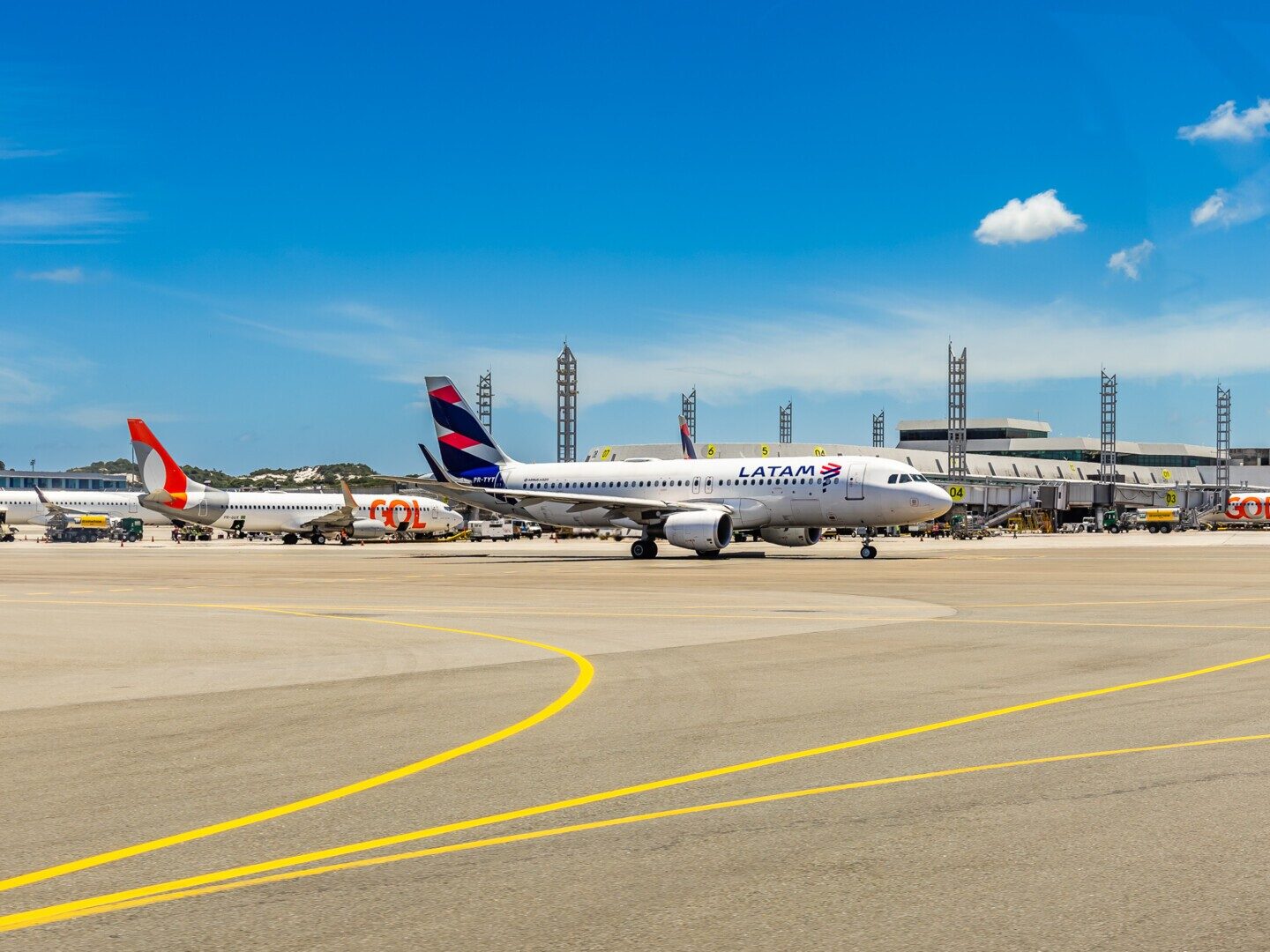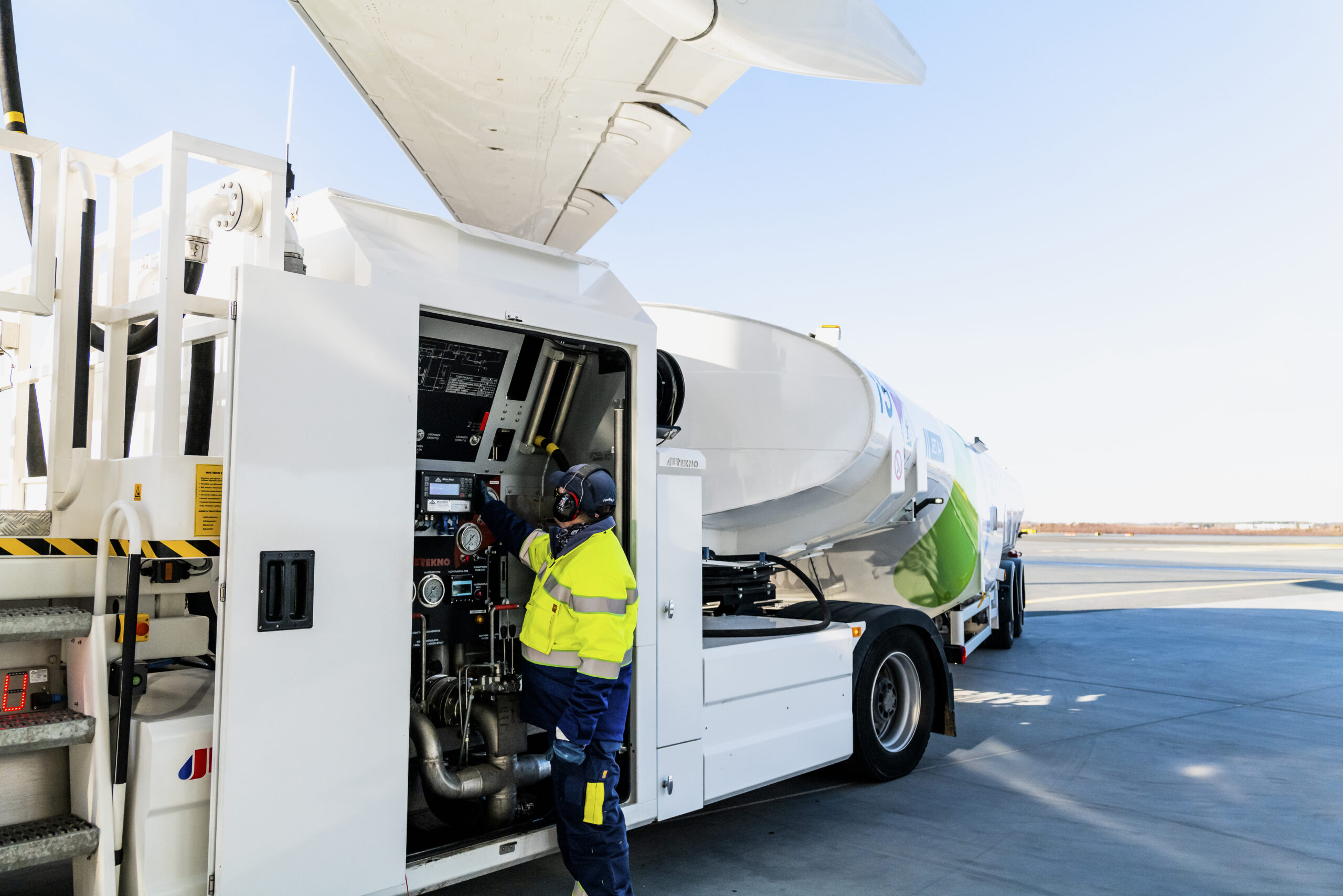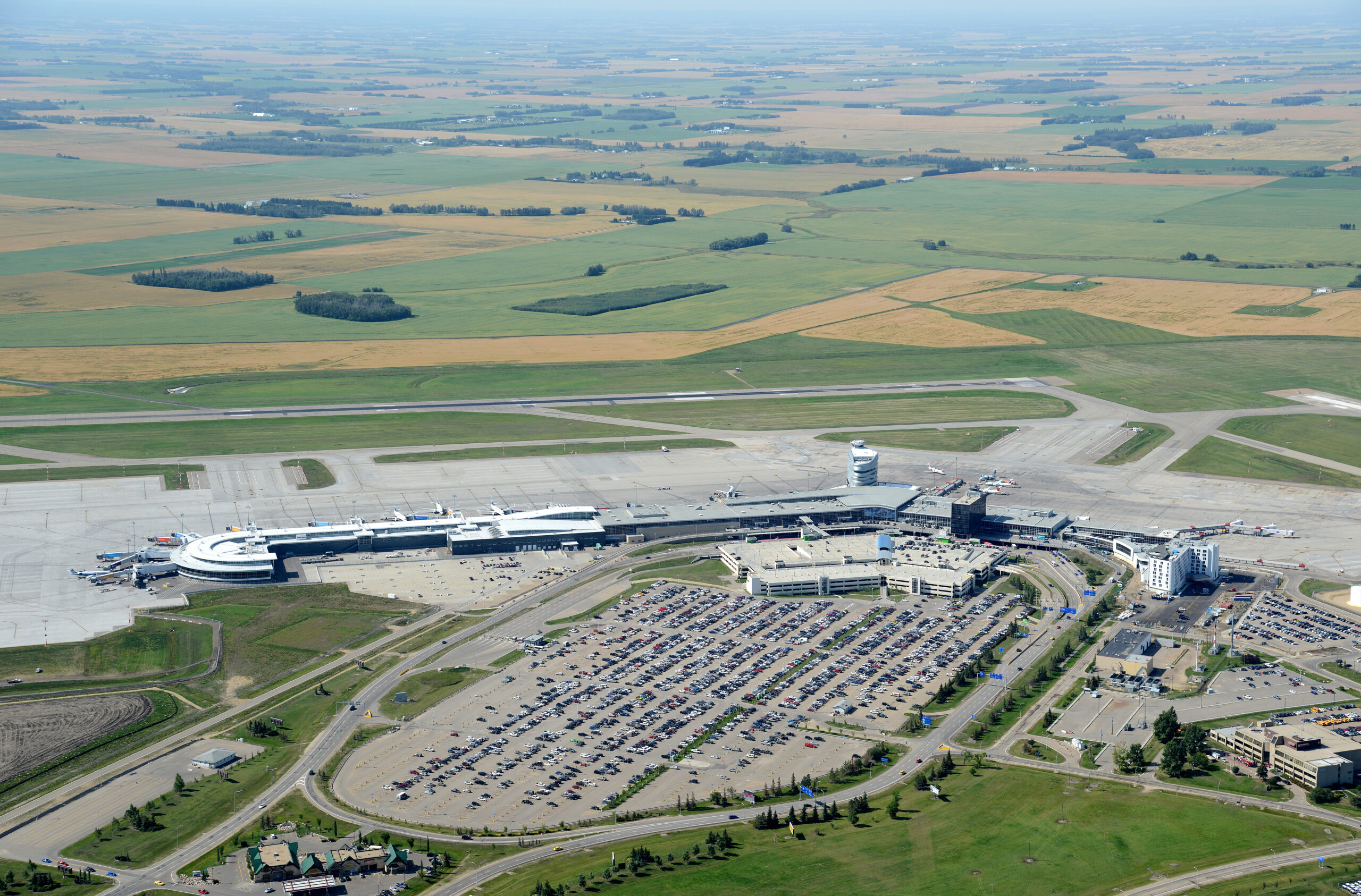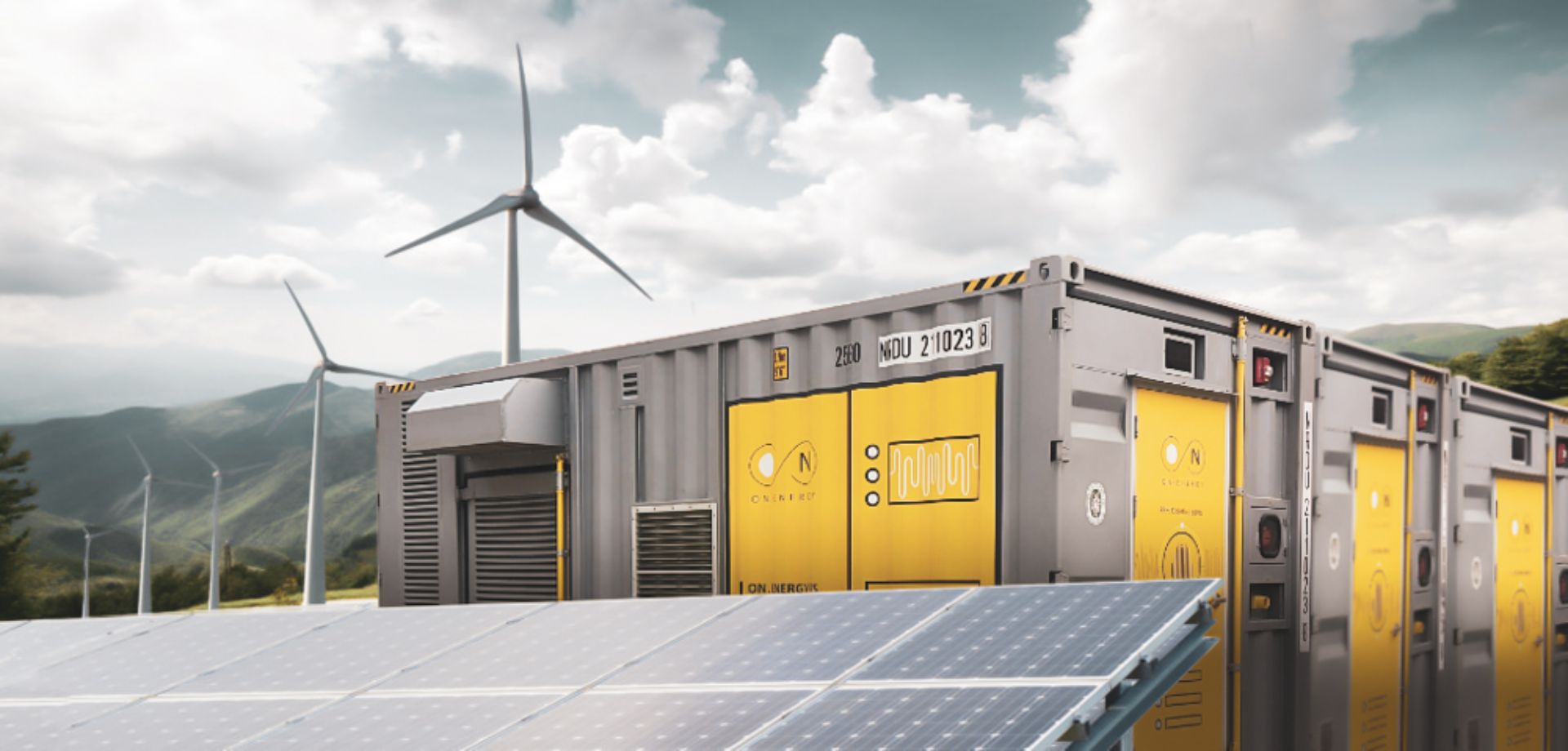Assaia has launched an APU Emissions Control platform that can help reduce carbon emissions and cut costs by detecting unwarranted auxiliary power unit (APU) usage at airport gates.
A recent report from the Airport Operators Association revealed that the largest part of an airport’s emissions are from aircraft on the ground, with APUs being a major contributor.
However, there is currently no available platform that provides real-time visibility of APU usage.
While on the ground, aircraft can use their engines to power an APU, which generates electricity for its on-board systems such as air conditioning. This is an inefficient use of the aircraft engine that emits unnecessary greenhouse gases.
To overcome this inefficiency, airports can instead provide electricity on-stand for aircraft to plug into. For example, some airports are currently trialling the use of electric ground-power units (GPUs).
Despite this capability, APUs continue to be used on the ground. Assaia’s latest product therefore aims to highlight the emissions produced through these operations and help airports move away from unsustainable practices.
Max Diez, CEO of Assaia said:Many airports provide fixed or mobile ground power options, as well as pre-conditioned air. There is often no need to use APUs at the stand. However, we know they continue to be used, needlessly pumping polluting emissions into the atmosphere and racking up fuel bills. One of our customers, for example, learned that a carrier was not shutting down their APUs at all while the aircraft were on the ground. This is very avoidable.
To use APU Emissions Control, sensors are installed at the stand that monitor whether the APU is in use or not. Assaia’s artificial intelligence software compares this data against flight information to establish if the APU usage meets regulations.
This information is then displayed on a desktop app, and automated text messages can be sent to deliver immediate alerts regarding violations of APU usage regulations.
Assaia has already used this platform for over 1.5 million turnarounds at airports in North America and Europe. The software revealed that APU usage can be reduced by at least nine minutes per turnaround, resulting in a reduction in CO2 emissions of over 13 million kilograms of CO2 per year for a large airport.
Max Diez said:Every metric shows that using FEGP, GPUs and PCAs is much better for the environment and reduces operating costs. It’s obvious the current situation has to change. And the only way to make that happen is by providing clear visibility about what is actually happening at each stand. After all, you can’t manage what you can’t measure.














